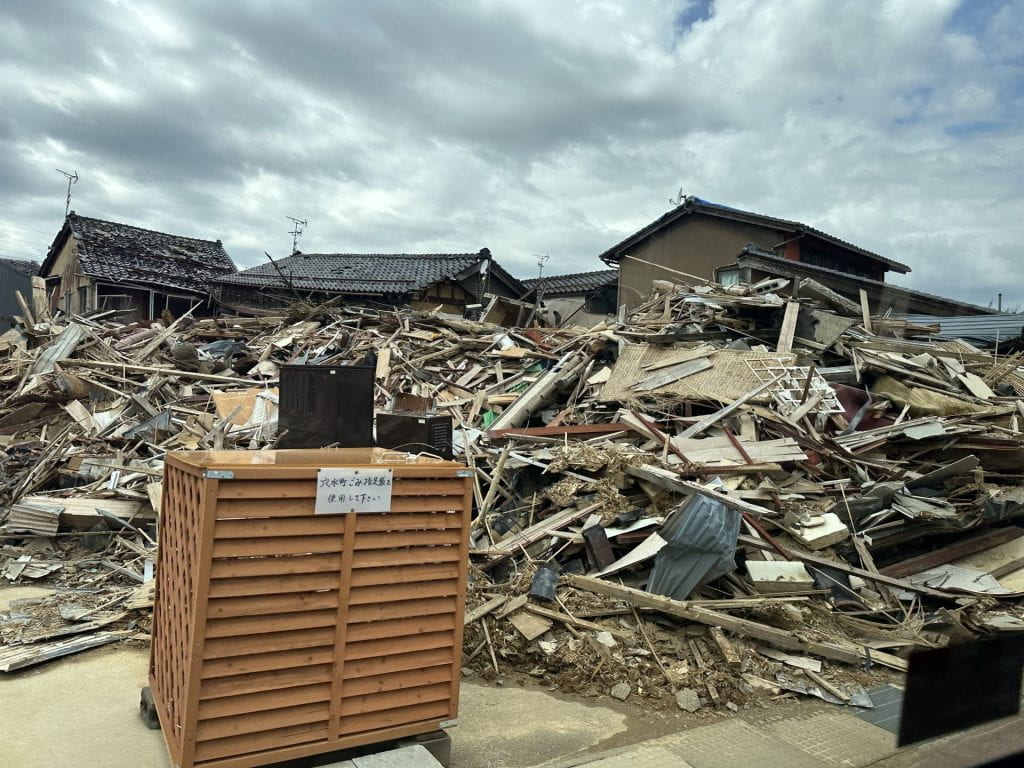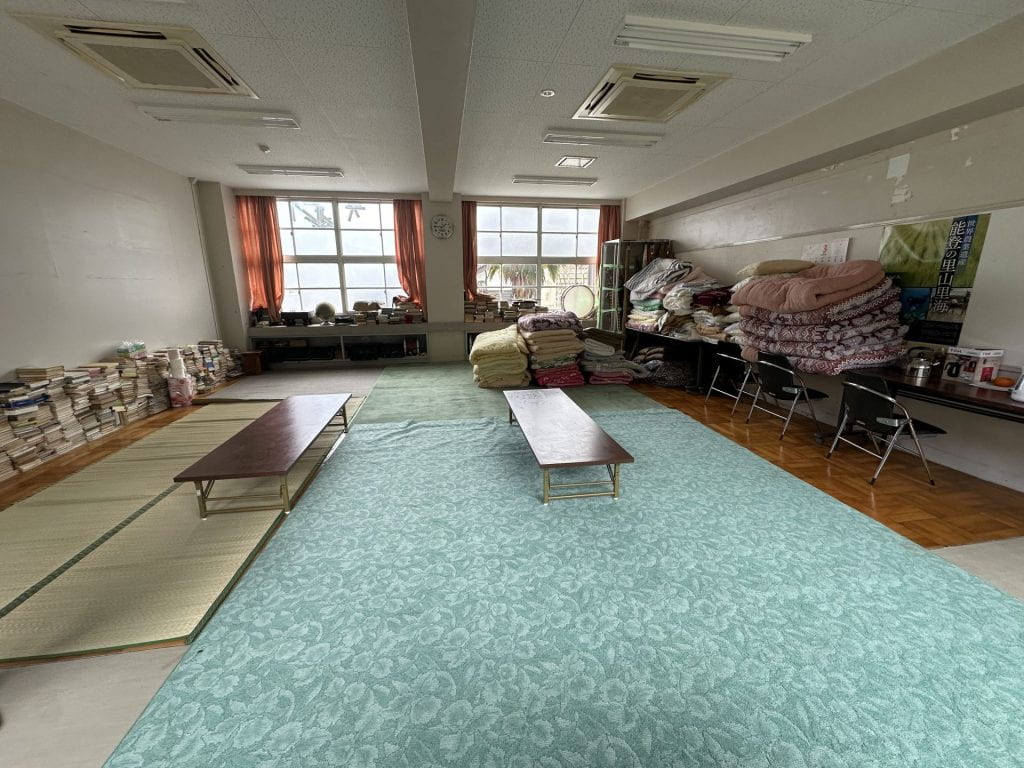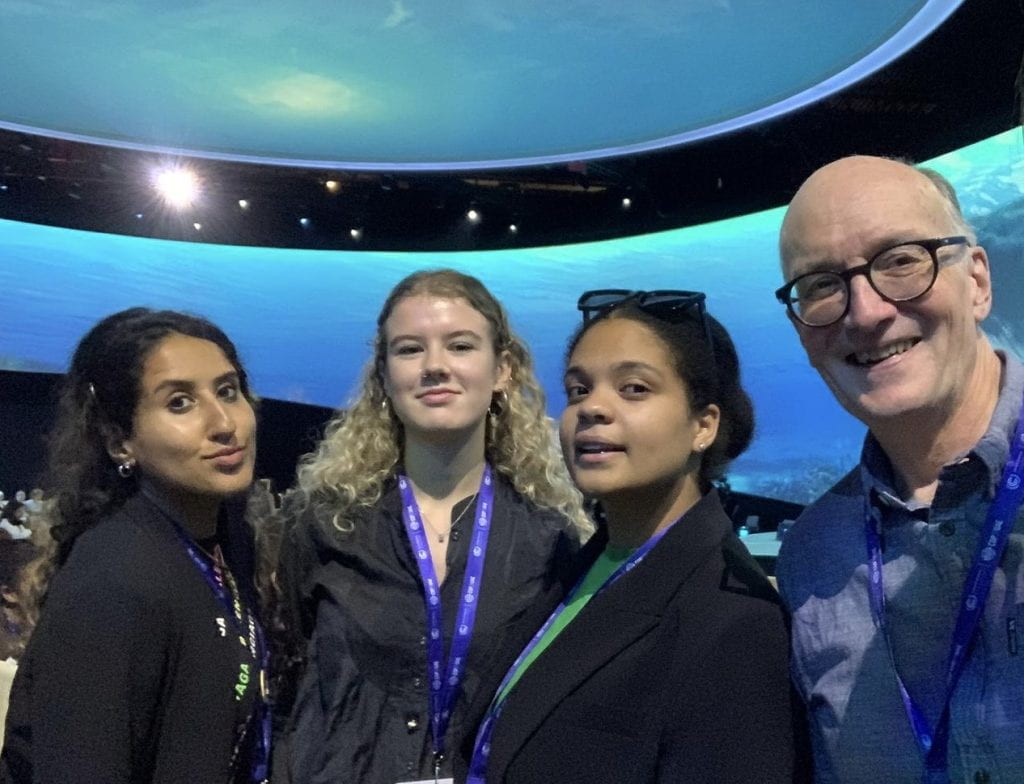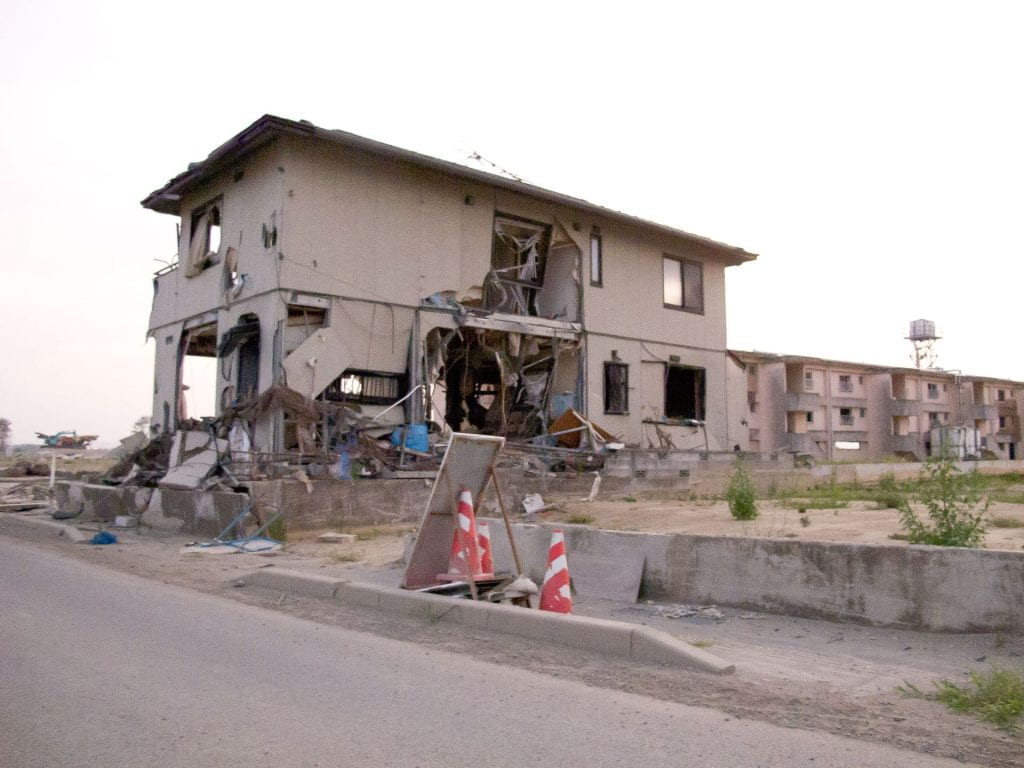Launch of Gender Action Plan (GAP) to support Sendai Framework for DRR
By Zahra Khan, on 16 May 2024

On the 18th of March 2024, at the Commission for the Status of Women (CSW) 68 in NYC, the Gender Action Plan (GAP) to support the Sendai Framework was launched. I was very happy to be sitting in the room that was very full, especially of women and representatives from different delegations and UN agencies. It was a celebratory occasion marking an important milestone in Disaster Risk Reduction (DRR) and the beginning of the discussion to implement the plan collectively over the next 6 years.
UN Women, the UN Fund for Population Activities (UNFPA), and UNDRR were all present to provide some insight. UN Women started by commenting that since the launch of the Sendai Framework in 2015, they have been working together to link gender equality in resilience, and the role that gender inequality plays in disaster related risk – the most impacted by disasters are those marginalised such as women, the elderly, and the youth. Last year marked the halfway point of the Sendai framework, where parties renewed their commitment and agreed to close the gender gap in DRR and resilience with the GAP providing a clear pathway in closing that gap. It addresses the disproportionate effect of disaster on women and girls and emphasises the need to involve and increase women participation at government level so they can influence and implement policy.
Climate change is deepening, and over 12000 climate disasters have been recorded since 1970 resulting in tremendous economic and human loss. There’s only six years left of the Sendai framework to reverse this bleak trajectory, but by working together this can be done. Take, for example, the hole in the Ozone layer – 35 years ago countries came together to combat the impact and now it is currently healing. The GAP was built by 70 countries and 500 non-governmental stakeholders, highlighting the need to scale up gender responsive DRR to get back on track for the 2030 agenda, and increasing efforts in supporting women in small island developing states (SIDS) and least developed countries (LDCs) to access DRR offices.
The UNFPA echoed these sentiments; the GAP integrates a gender lens in all DRR practices and is structured around the 4 fragilities in the Sendai framework to accelerate impact by governments. Gender based violence (GBV) was also mentioned as this increases in a disaster context and we need better access to healthcare, reproductive health and family planning services. Gender disaggregated data is still a challenge and we need to strengthen the availability of it to better inform policy. Women are key agents of change, with unique capacities that are indispensable in building resilience. Accessing financing was brought up more than once – where you need funding for women led initiatives in the DRR space.
The UNDRR reiterated that the GAP is a fundamental step in the right direction in mainstreaming gender within DRR and is important because we need to accelerate the progress of the implementation of the Sendai Framework – the costs of disasters are increasing, and we need to manage and control the risks. The GAP cuts across 33 actions over 9 objectives with a consideration for early warnings where women are often left behind. They want to work with countries to implement this and adapt it to turn actions into impact and are currently working on several indicators. The UNDRR hope that in 2030 we can look back on the GAP, having reduced gender inequality and saved lives throughout the world.
The Secretary General’s office was also present and stated a few words. The GAP underlines the resolve of the international community to take decisive action. Policy needs to be risk informed and leverage women leadership – they need to be the centre of policies, planning and decision making especially in resource allocation and deployment. Its full implementation will reduce gender inequality and keep the SDGs promise for all.
Representatives from Malawi, Philippines, Australia, and the stakeholder groups were also in attendance and took the floor to share their insights. Intersectionality with mention of disability was spoken about for the first time. Women with disabilities have different risk exposure and often lose their devices in disasters. Societal inequalities in non-disaster contexts leads to compounded discrimination and the manifestation of GBV which is heightened during disaster response. Malawi has developed training manuals to train women led organisations to implement gender interventions within DRR. The GAP gives confidence to respond to gender issues and ensure that systematic implementation will achieve its objectives, but they are looking for financial support to fully realise these goals.
The Philippines demonstrated a strong intention to commit and reinforce the goals of gender equality, especially in DRR. They also highlighted the need to apply an intersectional lens, shedding light on women and girls in poverty who have different needs and protection in disaster zones. Evacuation shelters should prioritise highly vulnerable women. They have implemented programmes with cash incentives, so people come to the training. They stressed a multisectoral response – governments cannot work alone and need strong collaboration with social welfare services to support internally displaced people. They didn’t want the GAP to be a theoretical exercise, but put into practice, scaling up either gender efforts.
Australia was very active in the consultation and drafting of the GAP with a secure, political commitment for gender responsive and risk informed DRR. They have provided seed funding investment to support the implementation of the GAP. They have increased stakeholder engagement, working in the Pacific region, and assisting partner countries to mobilise domestic resources and eliminate risks to advance the localisation of DRR. They are working to enhance early warning systems across the South Pacific and found that for every $1 invested, they saw a $4 return. They are prioritizing their effort to accelerate the Sendai Framework though measurable actions and sharing good practice.
The representative for the non-governmental stakeholder group was the first to mention that disasters are not natural but are a result of social and economic injustices. There was sense of urgency and determination with a refusal to accept complacency. Half of the population is condemned to powerlessness but it’s a matter of rights and survival – women stabilise economies. The stakeholders which involved many civil societies and women led organisations stand in solidarity to make the GAP a catalyst for lasting change.
The session concluded with questions from the floor where issues of non-paid work and budgets were brought up, the need for accessibility and increased participation of women and girls to drive transformative change. Final remarks stated that the GAP is a vital blueprint towards 2030, to see a substantial decrease in gender related disaster risk and the key priority now is what gets done and we, collectively, need to be the ones that do it.
Zahra Khan is a research and outreach assistant at the GRRIPP project
The views expressed in this blog are those of the author(s).
Read more IRDR Blogs
Follow IRDR on Twitter @UCLIRDR
 Close
Close









